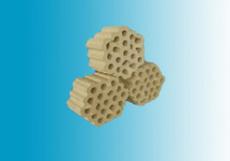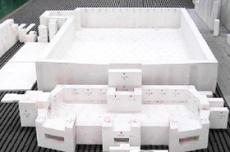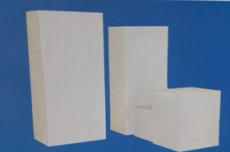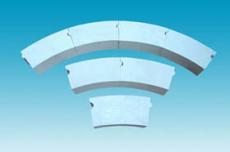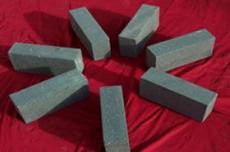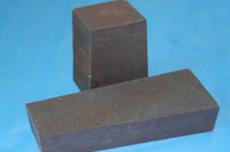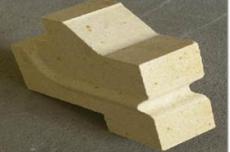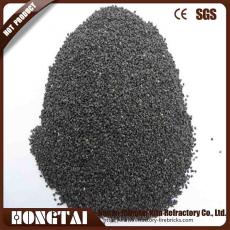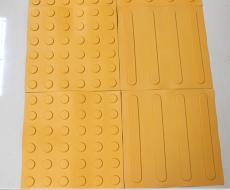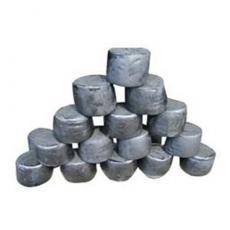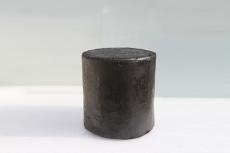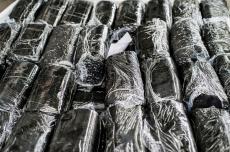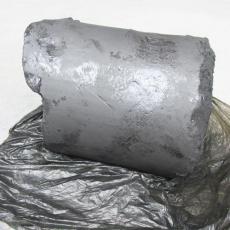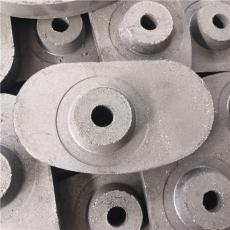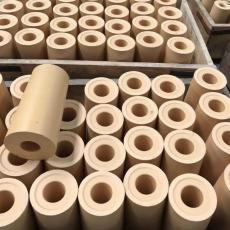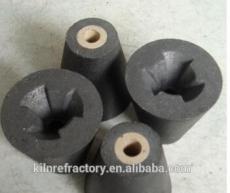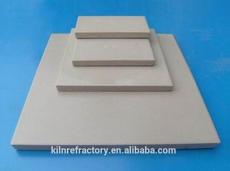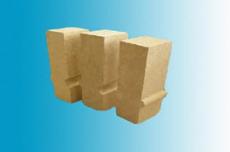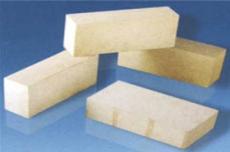
Blast furnace lining
The masonry of the furnace inner walls is an important factor for their long-term safety. Today, we present the requirements for fireclay masonry and fireclay concrete for blast furnace inner walls, ceilings, and hot blast ducts.
Requirements for fireclay masonry and fireclay masonry for furnace inner walls and ceilings
1.Before laying the masonry units, the axis of the spherical masonry of the furnace inner wall (or the protruding layer) must be determined based on the center and height of the furnace inner wall opening.
2.Before laying the masonry units, the quality of the fixing ring must be checked, and the masonry units of the furnace inner wall foundation must be laid close to the fixing ring.
3.The upper part of the furnace wall must be constructed horizontally according to the specifications.
4.When installing the burner and the annular duct in a top-heated blast furnace, the furnace ceiling axis must be used as a reference. The radius and width of the ring duct must be checked with the ring. During installation, the refractory bricks of the outer ring are laid first, followed by the bricks of the inner ring. The inner and outer rings are stacked alternately. The stainless steel plates of the individual burner sections must be laid precisely.
5. The roof masonry consists of similar bricks, so the joints are thin. To ensure the quality of the masonry, the blast furnace roof must be prefabricated.
6. The structure of the upper furnace door is complex, especially the filling bricks with high aluminum (or clay) content in the furnace roof. The furnace roof with one or two outer rings (including the surrounding brick lining) must be cast in place with heat-resistant refractory concrete.
Requirements for the installation of refractory bricks for warm air ducts
1. The warm air duct should be laid using the longitudinal axis of its base as a guide.
2. For spray lining, it is recommended to support the center support and determine the circumference with a cutting wheel. The lower semicircular refractory brick should be laid with the spray lining as a guide surface. If there is no spray lining, the pipe shell serves as a guide surface. If the semicircular refractory bricks at the upper end of the warm air duct are supported by an arched busbar, the busbar length should be 500–700 mm. If the semicircular refractory bricks at the upper end are not supported by an arched busbar, bamboo sticks can be used as supports.
3. If the three-sided connection of the warm air duct is constructed with a composite brick structure (or a hanging flat arch), this should be laid first, followed by the remaining duct bricks.
4. If the refractory bricks of the hot air duct are laid polygonally, the connecting bricks must be processed and laid accordingly. When laid circularly, the trapezoidal vertical joints between the bricks of the same layer are uniform, and their thickness is determined by the design.
Construction and acceptance testing must comply with GB50211 "Technical Specifications for the Construction and Acceptance of Industrial Brick Kilns." When building or maintaining a blast furnace, strict adherence to national standards and specifications for construction work is only the first step toward its longevity. Subsequent processes such as calcination, combustion, air supply, furnace exchange, heat storage, and furnace cooling are essential for the long-term safe operation of the blast furnace. All processes are closely interrelated, so intelligent control is crucial.
